The 3 Reasons Why CERN’s Large Hadron Collider Can’t Make Particles Go Faster

More energy means more potential for discovery, but we’re topped out.
If your goal is to discover something completely novel, you have to look in a way that no one else has looked before. That could mean probing the Universe to greater precision, where every decimal point in your measurement counts. It could occur by gathering greater and greater numbers of statistics, so that extremely rare, improbable events are revealed. Or a new discovery could be awaiting us by pushing the frontiers of our capabilities to ever-increasing extremes: lower temperatures for cryogenic experiments, farther distances and fainter objects for astronomical studies, or to greater energies for high-energy physics experiments.
It’s by pushing this last frontier — the energy frontier — that many of the greatest discoveries in the history of physics came to pass. In the 1970s, accelerators at Brookhaven, SLAC, and Fermilab discovered charm and bottom quarks. In the 1990s, Fermilab’s Tevatron, an enormous energy upgrade over the original main ring, discovered top quarks: the final quark in the Standard Model. And in the 2000s and 2010s, the Large Hadron Collider at CERN, itself an enormous upgrade over the Tevatron, discovered the Higgs boson: the Standard Model’s final remaining particle.
Yet, despite our exploratory dreams of pushing the Universe’s frontier back even further, a new machine will likely be required. Here are the three reasons why the Large Hadron Collider can’t make their particles go even faster.
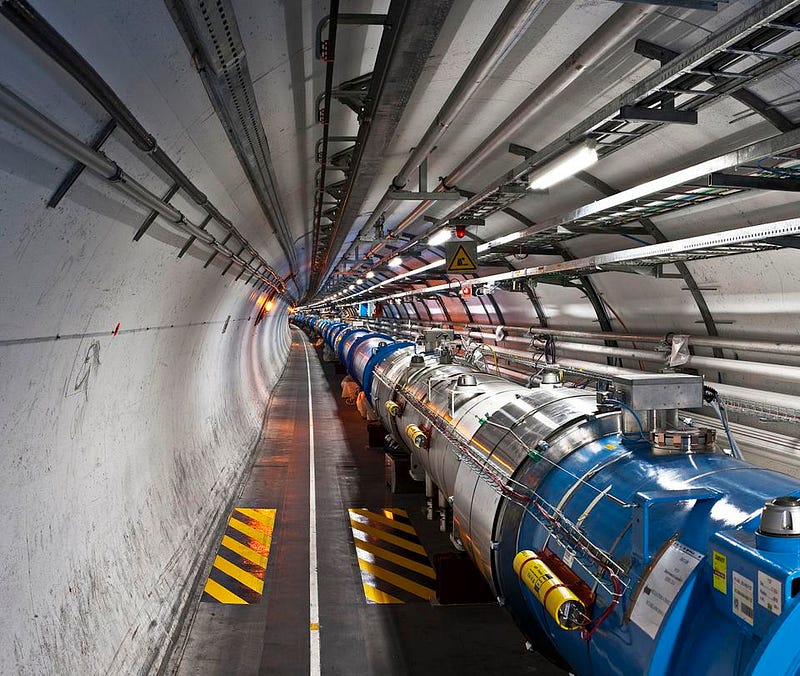
To start, let’s look at the basic physics underlying a particle accelerator, and then let’s apply that to what the Large Hadron Collider does. If you want to make an electrically charged particle go faster — to higher speeds — the way you do that is you apply an electric field in the direction that it’s moving, and it accelerates. But unless you’re going to make a linear accelerator, where you’re limited by the strength of your electric field and the length of your device, you’ll want to bend those particles into a circle. With a circular accelerator, you can recirculate those same particles over and over again, “kicking” them to higher and higher energies with each pass.
In order to do that, though — to bend a moving, charged particle — you need a magnetic field. A permanent magnet simply won’t do, for two reasons:
- they have a fixed strength that cannot be tuned as needed, which is no good for a circle of a fixed size with particles that are speeding up as they travel,
- and they’re relatively weak, topping out with a maximum field strength of between 1 and 2 Tesla.
In order to overcome these obstacles, we instead use electromagnets, which can be “tuned” to whatever field strength you want simply by pumping greater amounts of electric current through them.
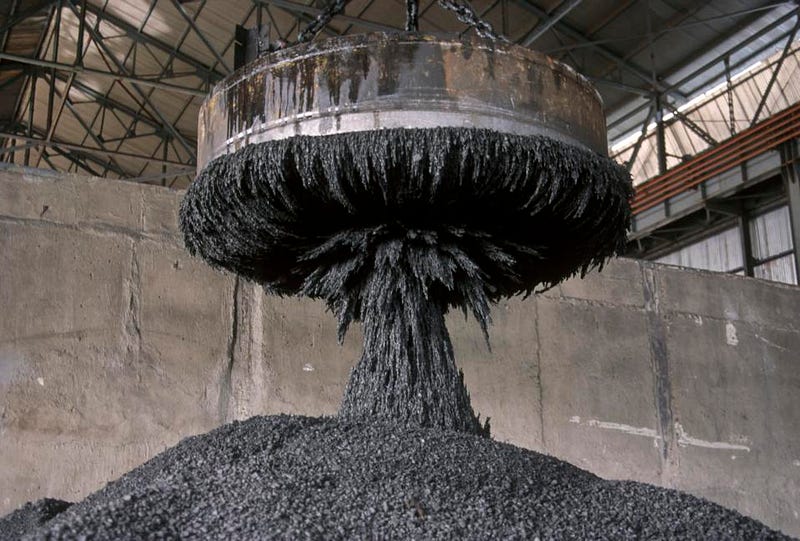
At the Large Hadron Collider at CERN — the world’s most powerful particle accelerator ever constructed — protons are circulated in both clockwise and counterclockwise directions, where they’ll eventually be forced to collide. The way the accelerator works is as follows. In a series of stages, the accelerator:
- ionizes normal matter, stripping electrons off of nuclei until just bare protons remain,
- then it accelerates those protons up to some substantial energy, as an applied voltage (and an electric field) cause those protons to accelerate,
- then it uses a combination of electric and magnetic fields to collimate those particles,
- where they’re injected into a larger, circular accelerator,
- where magnetic fields bend those moving particles into a circle,
- while electric fields kick those particles, on each pass, to slightly higher energies,
- as the magnetic fields increase in strength to keep those particles moving in that same circle,
- and then those particles are collimated as before and injected into a larger, higher-energy circular accelerator,
- where electric fields “kick” them to higher energies and magnetic fields “bend” them to remain in a circle,
- up to some maximum energy, in both clockwise and counterclockwise directions,
and when that energy is achieved, those particles are then “pinched” in particular locations, so they’ll collide together where they’re surrounded by state-of-the-art detectors.

It’s a very clever setup, and is indicative of how experimental particle physics has been done, with many different types of particles (but especially protons), for many decades. The Large Hadron Collider is the latest and greatest accelerator constructed by the physics community, having generated more collisions, measured more precisely, and at higher energies than any accelerator before it.
And yet, it, too, faces fundamental limitations. Although it’s already been upgraded, is in the process of being upgraded yet again, and it’s slated to be upgraded multiple times in the future, none of these upgrades will take us to higher energies: where future fundamental discoveries may yet await. These upgrades will be on the “generating more collisions” front, where greater numbers are particles — what particle physicists call luminosity — are bunched and accelerated together, increasing the number of collisions.
While these upgrades are significant, implying that the LHC will take 30-to-50 times the cumulative amount of data already taken thus far in the next ~15 years or so, they simply won’t be capable of making faster protons or more energetic collisions. Here are the three reasons why.
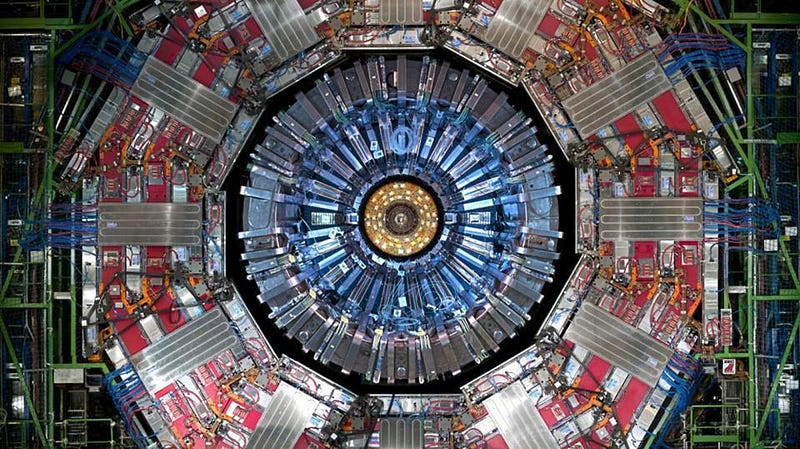
1.) Magnet strength. If we could ramp our electromagnets — the “bending” magnets that keep particles moving in a circle — up to arbitrarily high field strengths, it seems like we could keep accelerating these particles to greater and greater speeds. With each complete revolution around the largest circular track, an electric “kick” bumps you up to greater speeds, while a corresponding increase in the magnetic field strength curves your particle more severely. For as long as your magnets can keep up, you can keep increasing your particle’s speed up ever closer to the speed of light.
For a particle like a proton, whose mass is large compared to its charge, this is a tall order for the magnets. A stronger magnet is required to keep a high-mass particle in a circular orbit of a particular radius than a low-mass particle, and protons are about 1836 times more massive than an electron, which has the same magnitude charge. For the magnets at the Large Hadron Collider, they top out at about ~8 Tesla, which is about four times the strength of magnets at the Tevatron, the previous record-holder.
Unfortunately, it isn’t just about reaching that field strength, but precisely controlling it, maintaining it, and using it to bend these particles exactly as they need to be bent.
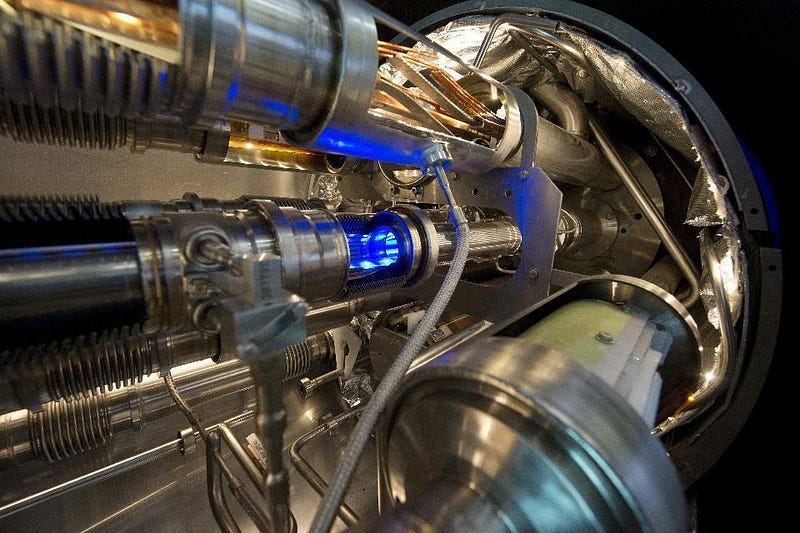
The current generation of electromagnets at the Large Hadron Collider really can’t maintain stronger field strengths than this, although research at the National High Magnetic Field Lab has achieved and maintained field strengths up to ~45/75/101 Tesla for short periods of time (depending on the setup and magnet in question), and up to 32 Tesla for long periods, a new record set earlier this year. Even when cooling with liquid helium, causing the electromagnets to superconduct, there’s a physical limit to the field strengths that can be reached and maintained for long periods of time.
Outfitting an accelerator with a new set of electromagnets is expensive and labor intensive: a specialized manufacturing facility specifically designed to create the magnets needed for the accelerator will be required for any sorts of upgrades like this. A whole new set of support infrastructure would be required as well. This advance was the main upgrade that led to the discovery of the top quark at Fermilab — when a new generation of electromagnets was installed, creating the Tevatron — but with the current technology presently installed at the Large Hadron Collider, higher field strengths just aren’t in the cards.

2.) The charge-to-mass ratio of the proton. If you could manipulate the very nature of matter, you could imagine lowering the mass of the proton while keeping the charge the same. Although we’re dealing with relativity here, Newton’s famous equation, F = ma, is illustrative enough to show that, with the same field and the same force but a lower mass, you can achieve greater accelerations. We have a particle with the same charge as a proton but a much lower mass: the negatively charged electron and its antimatter counterpart, the positron. With the same charge but just 1/1836th the mass, it accelerates much more quickly and easily.
Unfortunately, we already tried the experiment of accelerating electrons and positrons in the very same ring where the Large Hadron Collider is now located: it was called LEP, for the Large Electron-Positron collider. While these electrons and positrons were able to reach much greater speeds than the protons at the Large Hadron Collider can reach — 299,792,457.992 m/s, as opposed to the ~299,792,455 m/s for protons — these correspond to much lower energies than the Large Hadron Collider’s protons.
The limiting factor is a phenomenon known as synchrotron radiation.
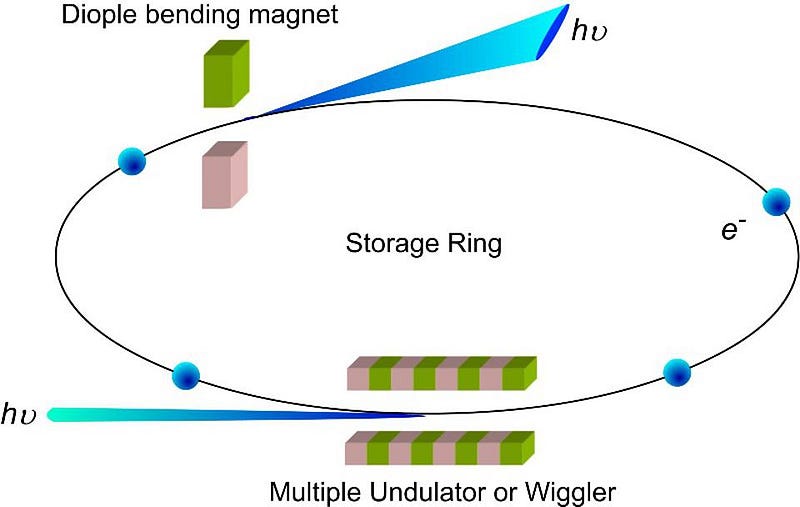
When you accelerate a charged particle in a magnetic field, it doesn’t just curve perpendicular to both the field’s direction and the particle’s original motion; it also emits electromagnetic radiation. This radiation carries energy away from the fast-moving particle, and the:
- faster the particle goes,
- the greater its charge,
- the lower its mass,
- and the stronger the magnetic field,
the more energetic this synchrotron radiation will be.
For a particle like the proton, synchrotron radiation is still negligible, while for a particle like an electron or positron, it’s already the limiting factor with current technology. A superior solution would be to find a particle that was in between the mass of the electron and proton, but with the same charge. We have one: the muon, but the problem is that it’s unstable, with a mean lifetime of just 2.2 microseconds. Until we can create and control muons as easily and successfully as we can control protons and electrons (and their antimatter counterparts), the heavy mass of the proton, or synchrotron emission from electrons, will be a limiting factor.
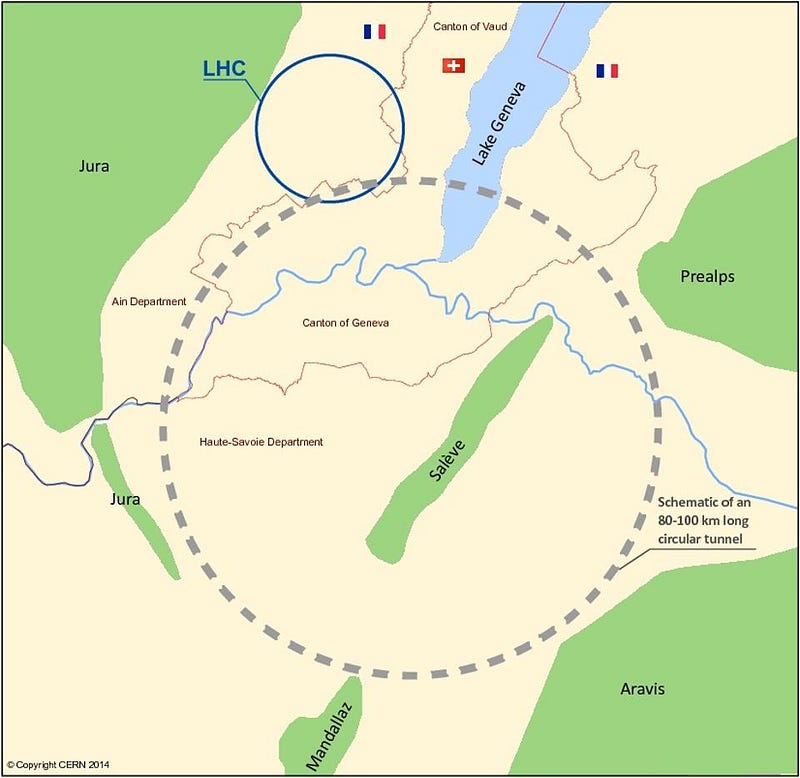
3.) The (fixed) size of the ring. Keeping everything else the same, you can always achieve higher energies by increasing the size of your particle accelerator. A larger radius means that magnets of the same strength and particles of the same charge and mass can achieve higher energies: double the radius, and you double the energies you can reach. In fact, the major differences between the Tevatron (which reached ~2 TeV of energy per collision) and the Large Hadron Collider (which reaches ~14 TeV) are:
- the strengths of their magnetic fields (from ~4.2 Tesla to ~7.5 Tesla),
- and the circumferences of their rings (from ~6.3 km to ~27 km).
The larger you make your ring, the higher in energy you can probe the Universe. This means there’s more energy available for particle creation (via Einstein’s E = mc²), a greater probability of observing rare processes that are suppressed at lower energies, and a greater probability of discovering something fundamentally new. While theorists frequently argue over what is or isn’t likely to be present beyond the currently known frontier, experimentalists know a much more fundamental truth: nature simply is the way it is, and often defies our expectations. If we want to know what’s out there, the only way to find out is to look.

If any of these three obstacles could be overcome — if we could increase the maximum strength of the electromagnets, if we could increase the charge-to-mass ratio of the proton (but not by too much), or if we could increase the size of the circular track that particles follow — we could achieve higher energies in our particle collisions, and push past the currently explored frontier of experimental physics. As it stands today, the best hope we have for finding new physics at the Large Hadron Collider will come from the collection of more data, by increasing the collision rate of particles and running at that increased collision rate for long periods of time. Our hope is that more data will reveal a subtle effect that hints at something novel beyond what’s currently expected.
Throughout history, whenever technology has advanced to the point where we could build a new flagship accelerator with more than 5 times the current energy threshold, we’ve done precisely that, revealing ever more of the high-energy Universe. With modestly stronger electromagnets but a much larger accelerator — from 80–100 km in circumference — the proposed Future Circular Collider can be precisely that, taking us to the ~100 TeV frontier for the very first time. Although clever low-energy experiments can often reveal a subtle new effect if they’re designed correctly, there’s no substitute for an all-purpose, brute-force solution. If we want to make particles go faster, creating collisions with greater energies than ever before, it’s absolutely imperative to take this next step.
Starts With A Bang is written by Ethan Siegel, Ph.D., author of Beyond The Galaxy, and Treknology: The Science of Star Trek from Tricorders to Warp Drive.





